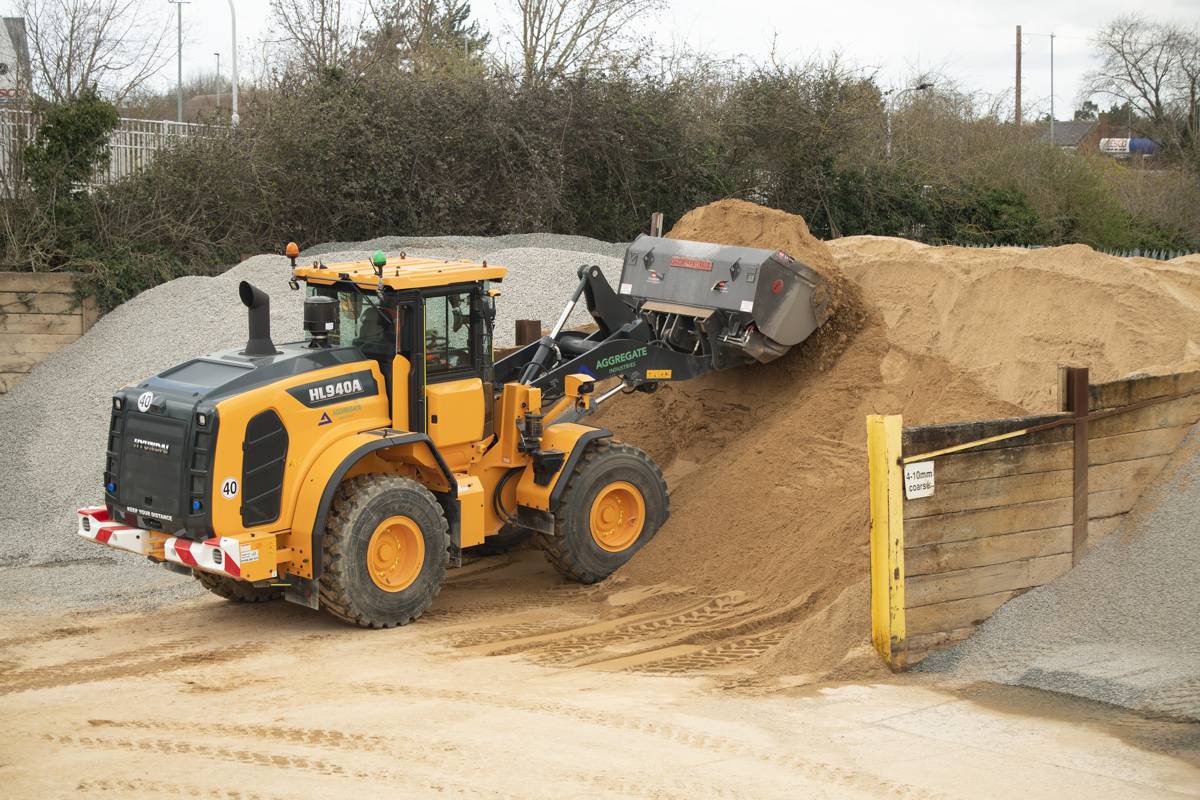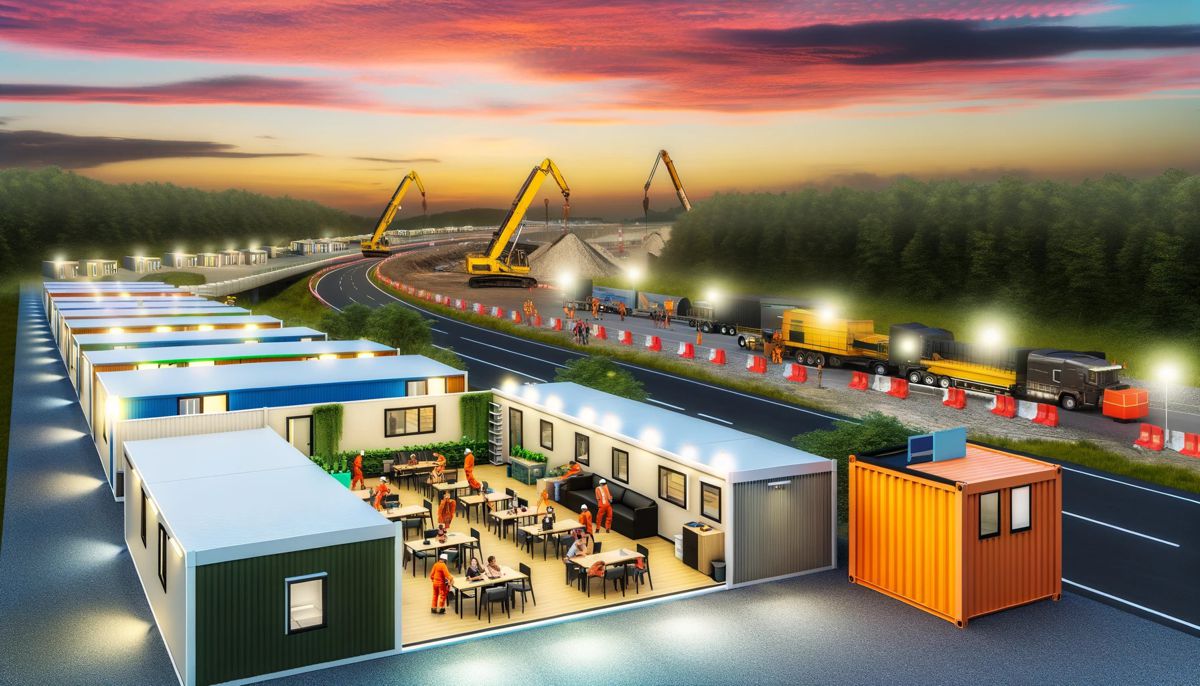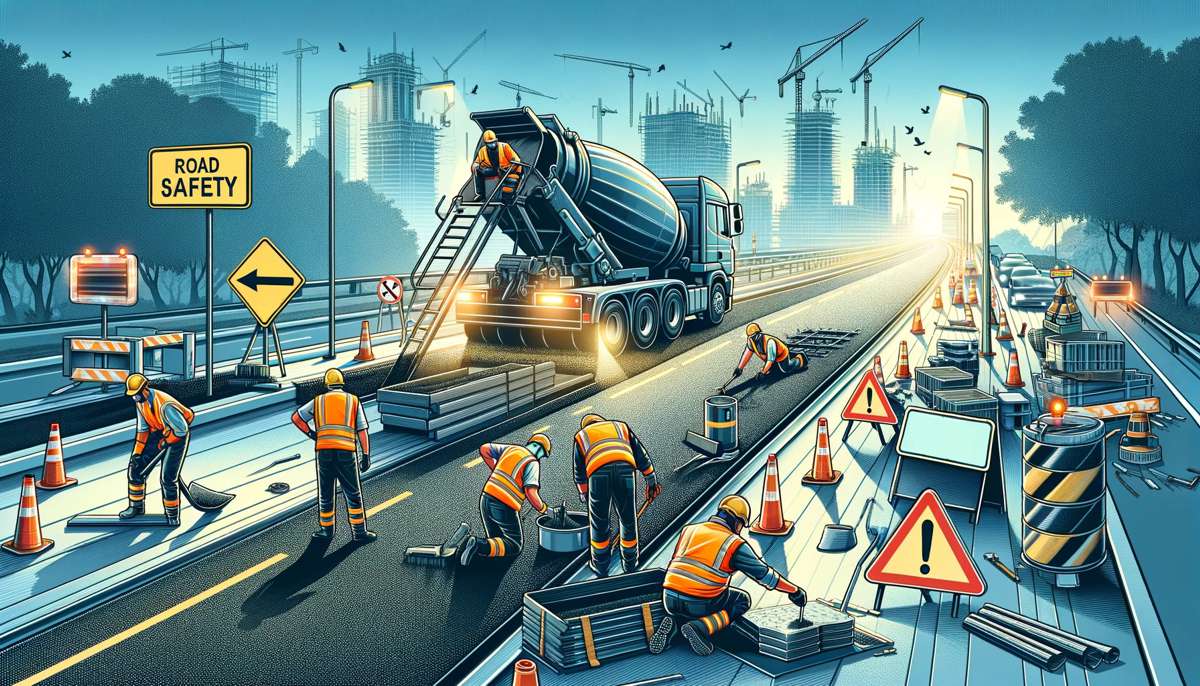Roads sector expresses amusement at Chancellor’s future car vision for Britain
The Road Surface Treatments Association (RSTA) has greeted the Chancellor’s, Philip Hammond, announcement that driverless cars will be on Britain’s roads by 2021 with some amusement.
Hammond has made the announcement as part of a £900m investment in future technologies but “it begs the question, what should come first the chicken or the egg,” said Howard Robinson RSTA chief executive.
He continued: “It’s all very well predicting a future of hi-tech driverless cars, but let’s first address the fundamentals first. There is a £12 billion black hole of essential road repair and maintenance that Hammond has done little to address. Why invest in advanced cars if they are to be damaged by a third world road network?
Hammond’s vision the autonomous self-driving car is enticing but it must not overshadow the prosaic reality of a potholed, deteriorating road network that can barely cope with the traffic of today let alone that of tomorrow.”
The current state of the road carriage is not the only issue facing self-driving cars.
Sensor technology is advancing, but physical, real-world conditions throw up road blocks that self-driving car engineers still have to overcome, these include:
- Winter: Icy and snow covered roads can obscure road markings and cover road signs. Also the sensors and windows they see through might fog up, making them useless so the car won’t be able to continue.
- Fog: At what point would the data from the sensors be obscured enough by fog that the vehicle has to stop?
- Rain: Water, whether covering the windscreen and sensors, as well mist and rain falling in front of the vehicle reduce visibility. If roads are dirty or have been gritted the water splashing up from the road surface could stick to the windows and sensor apertures.
- Sunlight: Driving into a low sun can cause intense glare, obscuring vision.
- Mud, Dust and Debris: Roadways, especially in the countryside can be dirty and where farming tractors ply their trade the build up of mud on the road and edges of the road can be challenging for the best of drivers.
- Construction: Whether a major project, or a small job being carried out, workers in the roadway need to be protected from self-driving vehicles that might have their sensory capabilities limited by the factors above.
So will self-driving cars that encounter these roadblocks have to stop in their tracks and hold up the traffic behind? Or will solutions be found in the future so that self-driving cars can “see” better then we can?















